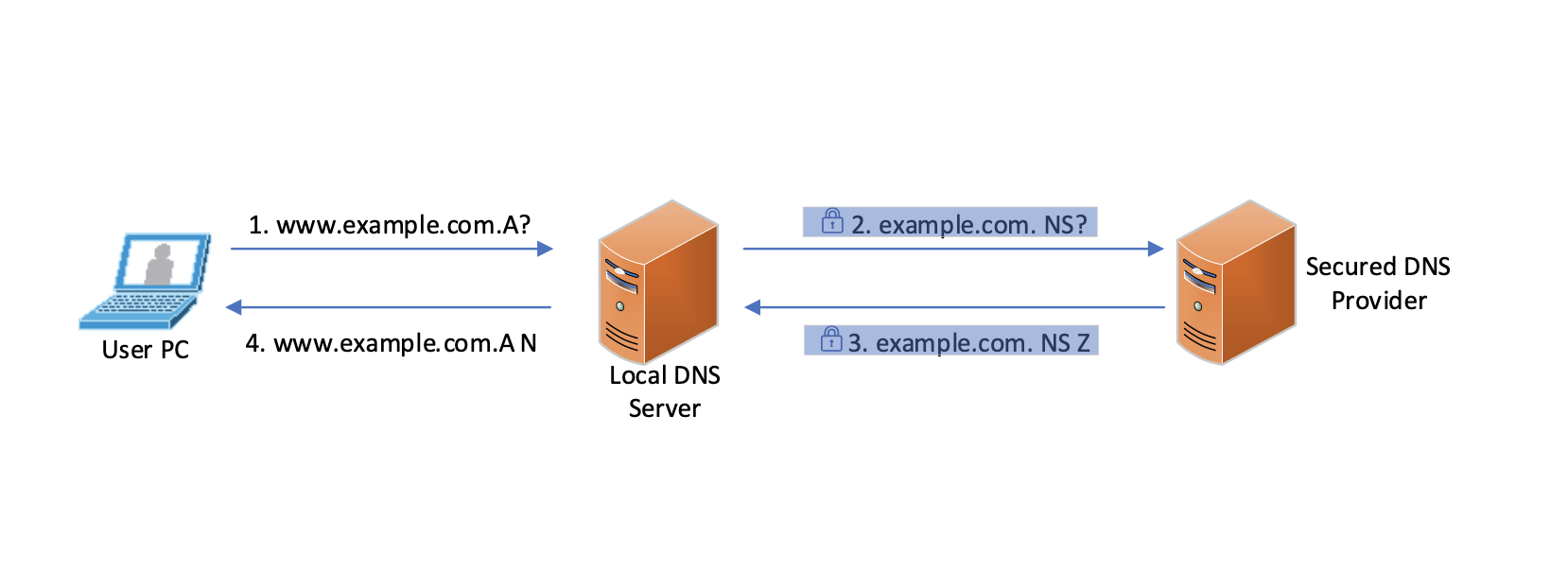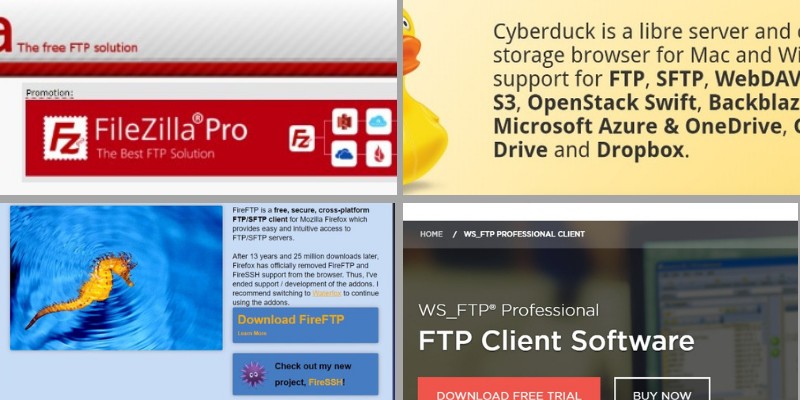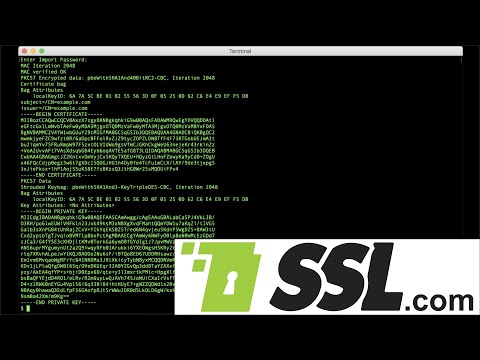
Caddy is a lightweight and modern webserver that can serve static as well as dynamic websites. It is open-source and runs on many platforms including Linux, macOS Windows, BSD, and Windows.
It supports HTTP/2 and experimental HTTP/3, and is built with security in mind. It is also optimized for scalability and uses as little global state possible.
Caddy comes with a range of features, including HTTPS support. This makes it more flexible and simpler to use than Apache. There is a web-based interface for administration, a modular design, and the ability to host multiple sites.
It is also expandable with plugins. Caddy allows you to customize it for your specific needs.
Config updates are graceful, even on Windows. They are stored locally so that they can still be applied to the system after a restart.

Caddy rotates logs automatically (after 100MiB) so that it doesn't take up space on your hard drive.
Caddy is an open-source web server written using the Go programming language. It offers greater memory security than servers written with C.
The multiplexing feature allows you to simultaneously serve multiple websites on the one port. It also supports automatic renewal and multiple SSL certificates.
It's highly extensible, and it supports a variety of languages and frameworks. It can be extended with a plug-in system that implements long-running services and web standards.
Caddy can therefore be built to fit your specific needs and installed on different systems. It is compatible with containers as well as non-containerized server.
Caddy's interface is extensible via a RESTful JSON api, which allows configuration from any app. The built-in Scheduler cron also lets you automate the updates. It is ideal for high-volume deployments and cloud platforms.

Caddy's flexibility and versatility may make it a good choice for hosting a website or blog, but its open source status is not guaranteed. However, Caddy is an excellent option for hosting a site or blog.
Installation
Installing Caddy can be a fairly simple process. This involves installing the server binaries on your local machine. Then, configure them to start automatically upon boot. It is important to adjust ownership and permissions in order for only the root user to be able read and modify the files within the folder that you wish Caddy serve from.
You need an IP and a domain name to run your server. To obtain this, visit DigitalOcean and create a personal access token with read and write permissions for your account.
After you have downloaded the static binary, you can download it from the GitHub website. To install and start Caddy, follow the instructions found on the website. Once you're ready, you can start Caddy by executing the server command in a terminal window.
FAQ
Can I use HTML & CCS to build my website?
Yes, you can! Basic knowledge of web design and programming languages such as HTML (Hyper Text Markup Language), and CSS (Cascading Stil Sheets) is required. These two languages make it possible to create websites accessible by all who have an internet connection.
Can I use a Template or Framework on My Website?
Yes! Pre-built templates and frameworks are often used when building websites. These templates have all the code you need to display your information on your website.
These templates are the most in-demand:
WordPress – One of the most well-known CMSes
Joomla - Another popular open source CMS
Drupal – An enterprise-level solution used by large organizations
Expression Engine - a proprietary CMS from Yahoo
There are hundreds of templates available for every platform. It should not be difficult to find the right one.
Does A Good Portfolio Make Me More Likely To Be Hired As A Web Developer?
Yes. A portfolio is essential when landing a web designer or developer job. The portfolio must show examples of your skills and experience.
Portfolios usually include samples of past projects. These can be anything that shows off your skill set. Include everything: mockups; wireframes; logos; brochures; websites and apps.
Statistics
- When choosing your website color scheme, a general rule is to limit yourself to three shades: one primary color (60% of the mix), one secondary color (30%), and one accent color (10%). (wix.com)
- It's estimated that in 2022, over 2.14 billion people will purchase goods and services online. (wix.com)
- Did you know videos can boost organic search traffic to your website by 157%? (wix.com)
- Studies show that 77% of satisfied customers will recommend your business or service to a friend after having a positive experience. (wix.com)
- It's estimated that chatbots could reduce this by 30%. Gone are the days when chatbots were mere gimmicks – now, they're becoming ever more essential to customer-facing services. (websitebuilderexpert.com)
External Links
How To
How to use WordPress for Web Design
WordPress is a free software program that can be used to create websites and blogs. Easy installation, powerful theme options, and plug-ins are some of the main features. This website builder allows you to customize your site according to your preferences. It includes hundreds of themes, plugins, and other tools that can be used to create any type of website. If you'd like, you can also add your own domain. These tools allow you to easily manage the appearance and functionality of your website.
WordPress allows you to create beautiful websites even if you don't know how to code HTML. If you don't know anything about coding, there's no reason why you shouldn't be able to set up a professional-looking website in minutes! This tutorial will teach you how install WordPress on your computer. Then, we'll go through the steps necessary to put your blog online. Everything will be explained so that you can follow the steps at home.
WordPress.com is the most widely used Content Management System (CMS) and currently has 25 million users around the world. There are two versions available for WordPress. You can either buy a monthly license or download the source codes and host it yourself for $29 each month.
WordPress is an excellent blogging platform for many reasons. One of the best things about WordPress is its simplicity. Anyone who knows HTML can create beautiful websites. Its flexibility is another benefit. WordPress.org allows you to modify the look and feel of any site with many themes at no cost. Finally, it's highly customizable. Many developers offer premium add-ons that allow you to automatically update posts when someone comments on them or integrate social media sharing into your site.